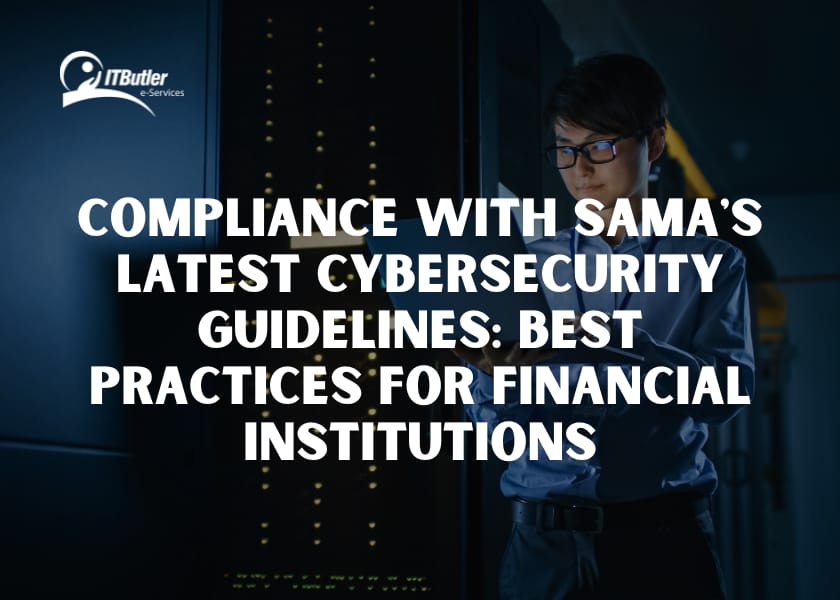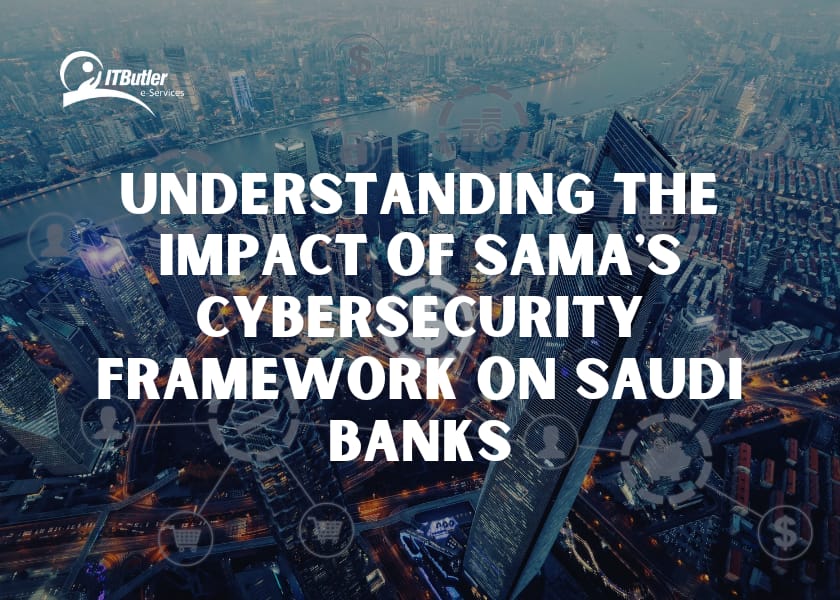Over the last few years, Saudi Arabia has rapidly become a leading participant in the global fintech ecosystem. This happened because of its ambitious Vision 2030 plan to diversify and reduce its dependency on oil. SAMA fintech innovation has been promoted while cybersecurity is not prioritized. So In this blog, we will explore how SAMA has taken the lead in innovating fintech in the country.
SAMA Fintech Innovation Ecosystem
As the central bank of Saudi Arabia, SAMA plays a crucial role in governing and overseeing the financial system. However, SAMA has taken proactive steps for the growth of the fintech industry while maintaining stability in the financial sector. Its role ranges from framing regulatory policies to the inauguration of innovation hubs that provide equipment for fintech startups.
With Vision 2030, SAMA is focused on introducing technology in every part of the world. However, the main element is to build a fintech innovation ecosystem. This is the point where the financial and technological sectors intersect while offering innovative solutions to customers.
Moreover, the Initiatives launched by SAMA such as the Fintech Saudi program have generated a fertile environment for fintech firms. Since innovation cannot be strangled by overly rigid regulations, SAMA encourages cooperation between banks, fintech firms, and regulators.
However, SAMA is highly conscious of the fact that fintech innovation is nothing less than a potential source of risk. Thus, the industry’s overall regulation is under strict control to ensure that innovation goes hand in hand.
SAMA Fintech Innovation and Sandbox Framework
Most of the SAMA’s crucial contributions to the fintech industry is the Fintech Sandbox. However, it simulates an environment controlled by the regulatory authority. Under the eyes of supervisors, banks can experiment and develop financial technologies in the fin-tech sandbox. This framework has enabled fresh startups and long-standing financial institutions to test fintech solutions without risking full-scale deployment.
This sandbox presents an excellent opportunity to innovate for fintech firms under the leadership of the SAMA regulatory framework. In this way, the financial products are new but adjusted according to Saudi regulations and come with solid cybersecurity.
Therefore, testing different applications of fintech like wallets, peer-to-peer platforms, and blockchain-based applications can be carried out in this sandbox. Because cybersecurity is measured at every step of development.
Growing Importance of Cybersecurity in Fintech
While fintech disrupts and changes the way financial services are carried out so cybersecurity has become a top concern. Because most financial service digitization means that cyber threats such as hacking, phishing, and even data breaches are sophisticated enough. Therefore, cybersecurity is a priority for fin-tech organizations to protect sensitive financial data and assure confidence in them.
Fintech is not only about mobile banking, or digital payment systems, but it is also about blockchain. In any of these directions, a breach may have catastrophic effects. Therefore, it is not a question of the single entity attacked but, rather, about the overall financial ecosystem.
The sandbox allows testing of various fintech applications like wallets, peer-to-peer platforms, and blockchain-based solutions. Cybersecurity experts can evaluate it at any step of the development process.
SAMA’s Cybersecurity Guidelines for Fintech Companies
In this regard, SAMA has issued a comprehensive set of cybersecurity guidelines that all fintech companies must adhere to. It deals with the risks involved in digital financial services and protects the integrity of the Saudi financial system.
Data protection
Data protection is among the key features that characterize the SAMA cybersecurity framework. Any fintech company that applies encryption protocols will ensure that the sensitive data it uses is protected and secure. This development therefore destroys cyber thieves’ opportunity to intercept, access, or exploit data.
Access control
Another major requirement of guidelines issued by SAMA is access control. However, Fintech firms should use MFA for authenticating reasons against unauthorized access to financial systems. Whereas, MFA often requires the combination of a password and a fingerprint to increase an additional layer of security.
Vulnerability assessment
Another condition for SAMA is continuous vulnerability assessment and penetration testing. A properly designed vulnerability management strategy can protect the systems of fintech companies from cyber attackers before they are exploited. In other words, many forms of cyberattacks could be avoided through the proactive identification and mitigation of vulnerabilities.
Global Collaboration for SAMA Fintech Innovation
1. Staying ahead of emerging cyber threats
SAMA maintains its position on cybersecurity threats through active engagement and collaboration with various partners from local and international spheres. However, through partnership, SAMA is in an even better position to embrace innovation in cybersecurity. Moreover, it also adopts the best practices across the globe to further enhance the cybersecurity posture of Saudi Arabia.
2. Join International Forums on Cyber Security
Hence, involvement in international forums on cybersecurity makes SAMA keep up with new trends and possible emerging threats. However, joining other central banks and financial regulators would allow SAMA to share its knowledge and insights. Moreover, learn from the experiences of the community which is also ensuring security for the fintech ecosystems.
3. Local Partnerships to Build Cybersecurity Talent
SAMA at the local level is collaborating closely with Saudi cybersecurity companies and research institutions. However, the collaborative effort will help in developing a local cybersecurity workforce while building a cybersecurity infrastructure in the country. Consequently, any Fintech companies in Saudi would benefit from such efforts specifically aimed at addressing peculiar challenges within the region.
How Policies are Driving SAMA Fintech Innovation
1. Balancing Innovation with Security
Although cybersecurity is a top concern for SAMA, the organization also equally focuses on innovation in the fintech sector. Thus, SAMA designed its policies to balance innovation with safety while guaranteeing technological development in a safe financial environment.
Therefore, SAMA allows fintech companies to innovate through very clear regulatory frameworks that provide guidelines they must adhere to.
2. Impact of SAMA’s Regulatory Sandbox
The regulatory sandbox of SAMA creates a very strong innovation hub in the fintech space. Through this sandbox, companies can attempt new technologies and innovations within a controlled environment.
However, some such experiments include blockchains, AI-driven financial services, and digital currencies. Therefore, to permit such activities, such companies need to adhere to highly strict cybersecurity standards.
Conclusion
SAMA fintech innovation has been truly revolutionary in what it’s doing in Saudi Arabia. However, the Fintech Sandbox and a framework of cybersecurity will make sure that fintech comFintechoperate in the country. While adhering to the best security standards.
As fintech continues to blossom, the guarantee of SAMA concerning cybersecurity shall form the core of such innovation. In doing this, SAMA is not only defending the financial systems in Saudi Arabia. But also making the country one of the leaders in the fintech space.
Frequently Asked Questions
-What are the 5 key technologies in fintech?
Here are the five key technologies in fintech:
- Blockchain
- Artificial Intelligence (AI)
- Security
- Internet of Things (IoT)
- Cloud
-What are the 5 D’s of fintech?
Here are the five D’s of fintech:
- Digitization
- Disruption
- Democratization
- Decentralization
- Data
-What is the core technology of fintech?
Blockchain is the core of fintech technology.
-What are the 7 core technologies?
Here are the seven classes of technologies:
- Pervasive computing
- Wireless mesh networks
- Biotechnology
- 3D printing
- Machine learning
- Nanotechnology
- Robotics






